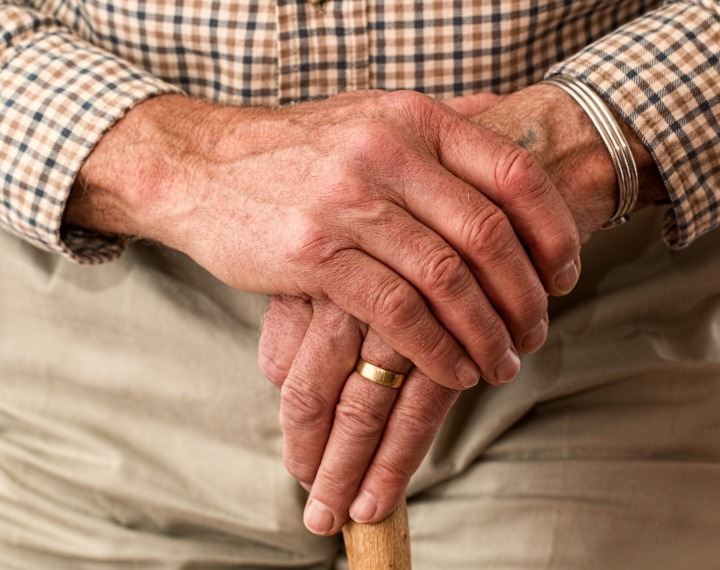Say Goodbye To Trips & Falls In Your Care Home Part 2

Anyone can have a fall, but older people and people with reduced mobility are more vulnerable to them. Trips and falls happen for many reasons and can often be unavoidable. Not only can falls and trips cause physical damage - bumps, bruises, and fractured bones - but they can also have a psychological impact, damaging confidence.
According to Age UK, every minute six people over the age of 65 suffer a fall, some of which result in minor injuries, while other falls result in more severe consequences. Statistics show that injuries resulting from trips and falls are the most common cause of death in the UK of those aged 75 and over. So taking precautions to prevent falls should be seen as vital by care home staff.
As the owner or manager of a care home, you will be aware of your responsibility to ensure that there are fall prevention measures in place. This means making sure that all team members are properly trained to help prevent trips and falls and keep residents safe, it also means ensuring that all residents have a trip and fall prevention plan in place.
To help you keep your care home residents safe, we have put together this series addressing the main causes of trips and falls in care home environments. If you missed part 1 of the series, you can read it here.
Mobility problems:
Due to the combination of issues with balance, muscle weakness, and reduced flexibility, people with mobility issues of all ages are more prone to suffering from trips and falls. This is partly due to the fact that many people with mobility issues also suffer from slower reflexes, making it harder for them to prevent themselves from falling, which means that ensuring your care home is doing everything possible to prevent trips and falls is even more important.
Some of the most common causes of trips and falls include items placed without consideration, clothing that’s too long, footwear that doesn’t fit properly, and walking aids that aren’t sturdy enough. So it’s important to ensure that all of your team are properly trained to spot items that could make falls more likely, especially in residents with mobility problems or who are unstable on their feet. It’s important that your team members understand that something as seemingly unimportant as shoes that are slightly too big can cause a resident to trip or fall, leading to a serious injury or worse.
For residents who suffer from mobility problems, muscle and bone weakness is another issue that can contribute to trips and falls. This is because people with mobility problems tend to be unsteady on their feet, making them more prone to falling or tripping. Depending on what their mobility issues are caused by, regular strengthening exercise can help your residents to improve muscle strength and flexibility, helping to make them more stable on their feet. For some ideas for helping your residents with mobility problems stay active, check out our ‘Exercise Ideas For Care Home Residents With Mobility Problems’ blog post.
For part 3 of our ‘Say Goodbye To Trips and Falls In Your Care Home’ series, click the icon below.





